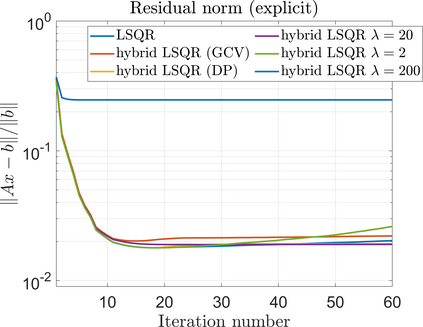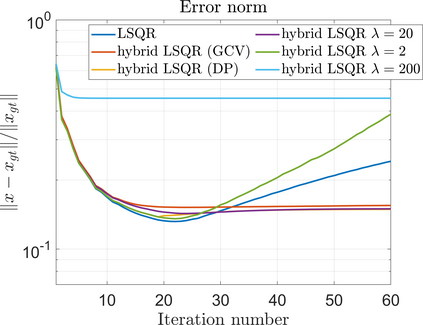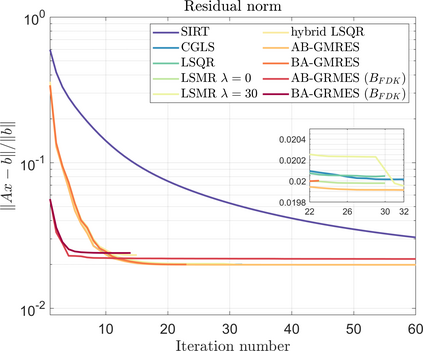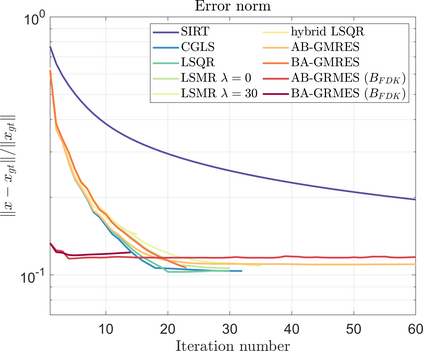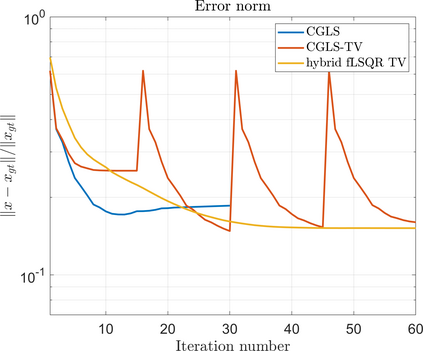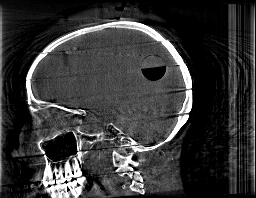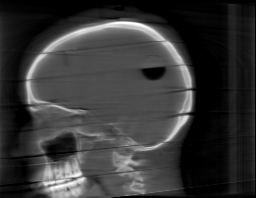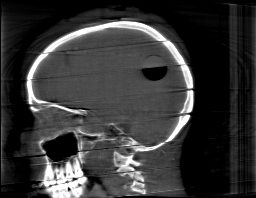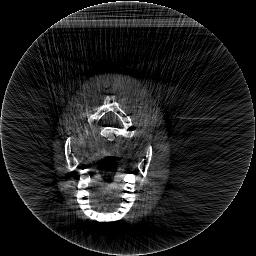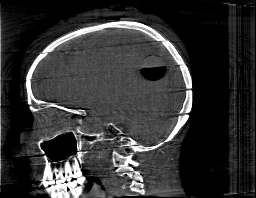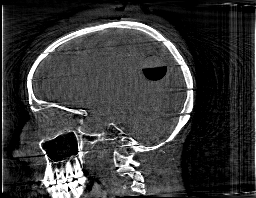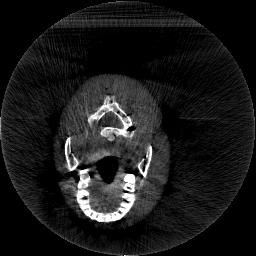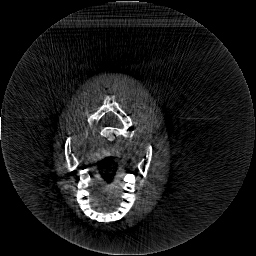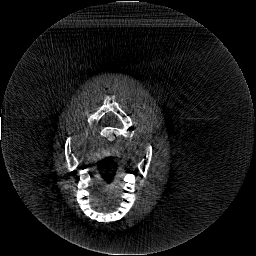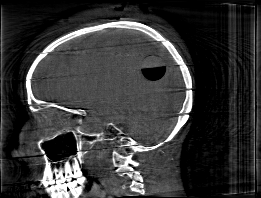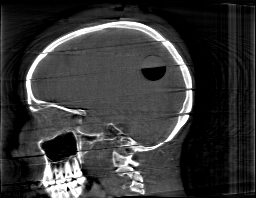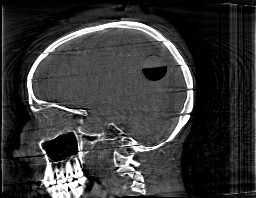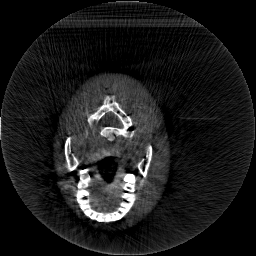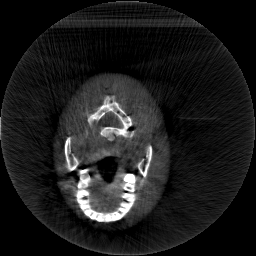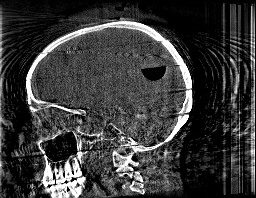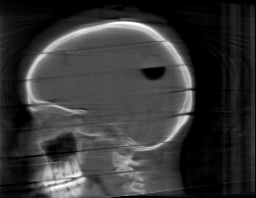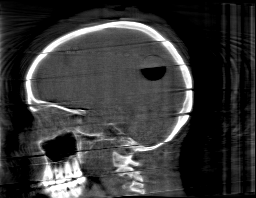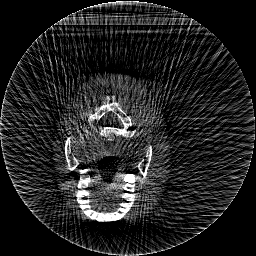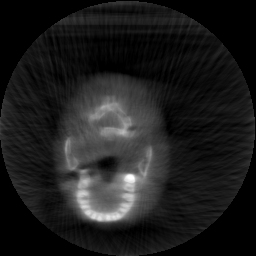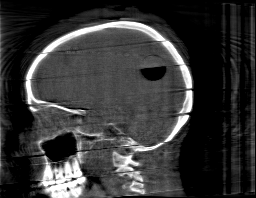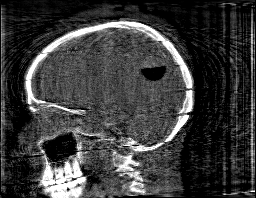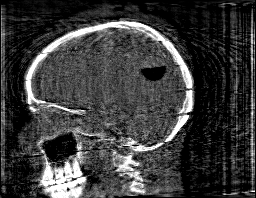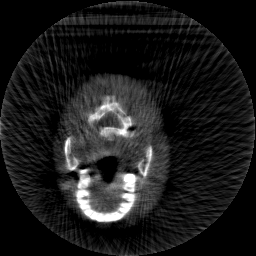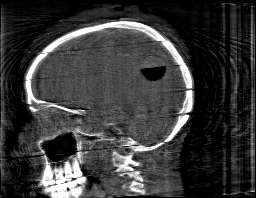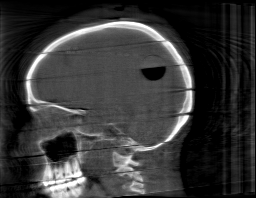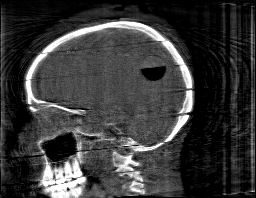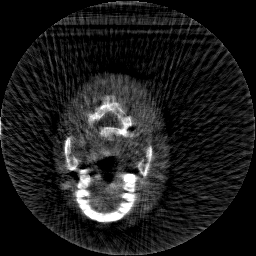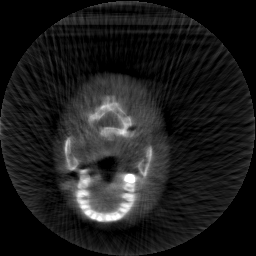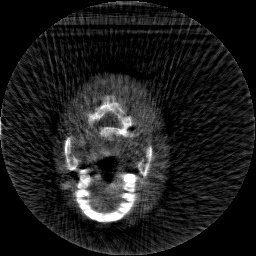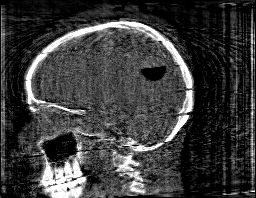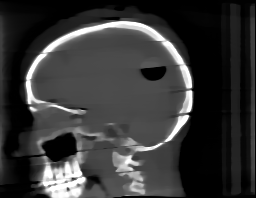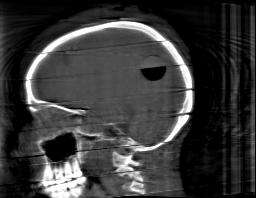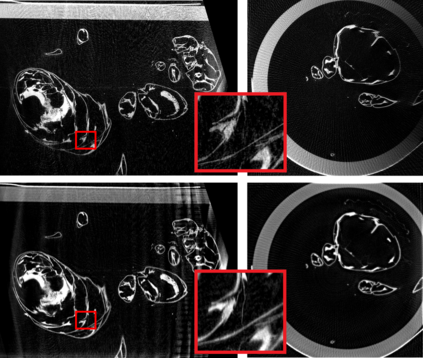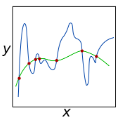Krylov subspace methods are a powerful family of iterative solvers for linear systems of equations, which are commonly used for inverse problems due to their intrinsic regularization properties. Moreover, these methods are naturally suited to solve large-scale problems, as they only require matrix-vector products with the system matrix (and its adjoint) to compute approximate solutions, and they display a very fast convergence. Even if this class of methods has been widely researched and studied in the numerical linear algebra community, its use in applied medical physics and applied engineering is still very limited. e.g. in realistic large-scale Computed Tomography (CT) problems, and more specifically in Cone Beam CT (CBCT). This work attempts to breach this gap by providing a general framework for the most relevant Krylov subspace methods applied to 3D CT problems, including the most well-known Krylov solvers for non-square systems (CGLS, LSQR, LSMR), possibly in combination with Tikhonov regularization, and methods that incorporate total variation (TV) regularization. This is provided within an open source framework: the Tomographic Iterative GPU-based Reconstruction (TIGRE) toolbox, with the idea of promoting accessibility and reproducibility of the results for the algorithms presented. Finally, numerical results in synthetic and real-world 3D CT applications (medical CBCT and {\mu}-CT datasets) are provided to showcase and compare the different Krylov subspace methods presented in the paper, as well as their suitability for different kinds of problems.
翻译:Krylov 子空间方法是一个由直线方程式系统迭代解答器组成的强大大家庭,这些解答器通常用于解决反向问题,因为它们具有内在的正规化特性。此外,这些方法自然地适合于解决大规模问题,因为它们只要求使用系统矩阵(及其连接)来计算近似解决方案,而且它们表现出非常快的趋同。即使这些方法类别在数字线性代数组(CGLS、LSQR、LSMR)中得到了广泛研究和研究,但在应用的医学物理学和应用工程中使用的方法仍然非常有限。例如,在现实规模的大规模计算机化成像仪(CT)问题中,更具体地在Cone Beam CT(CBCT)中使用。这项工作试图通过为用于3DCT问题的最相关的 Krylov 亚空间方法提供一个总体框架来弥补这一差距,包括最著名的非平面系统(CGLS、LSQRR、LSMRMR) 的K- 解算法, 以及包含全面变换(TV) 正规化(CV) 解算法(KI) 和数字变法工具框架框架中提供其真实的硬化工具,这是在公开化工具更新中提供的KIFILVILVILU 和变法 和变法 格式化结果工具工具的版本。






